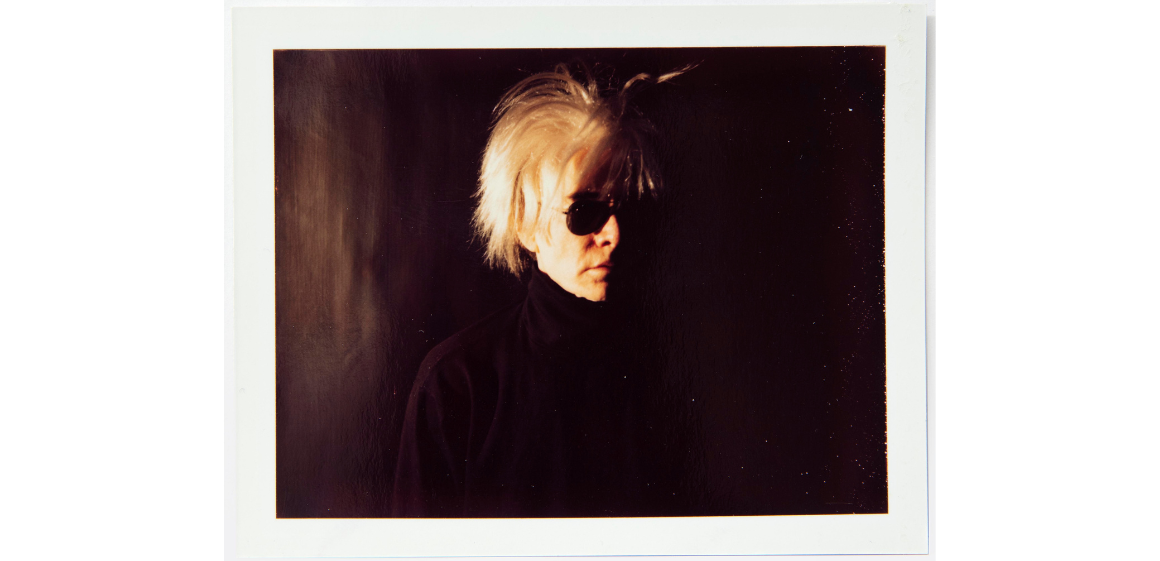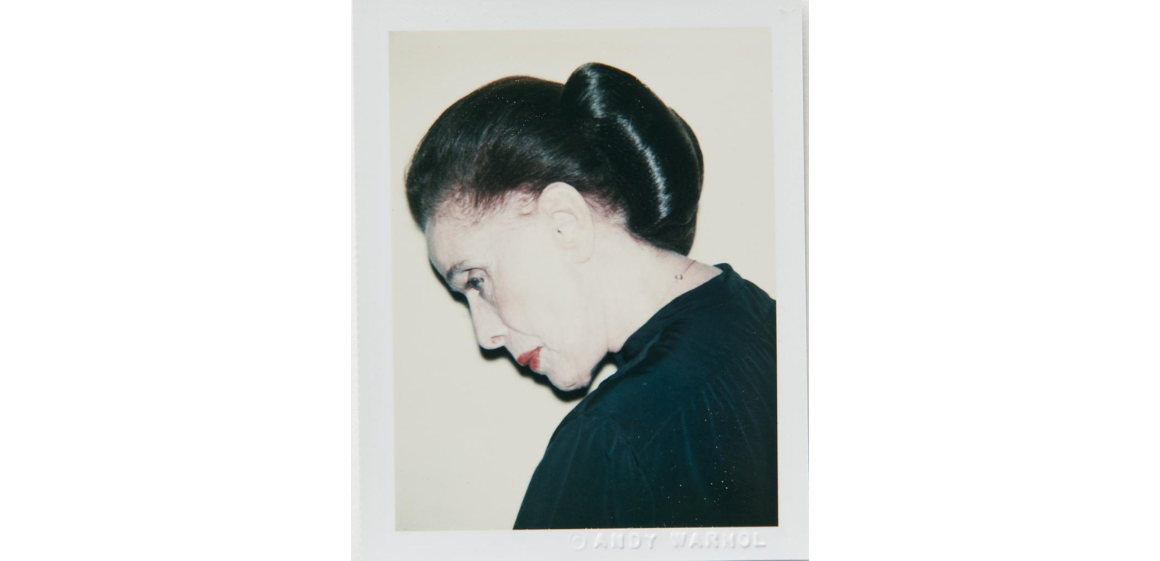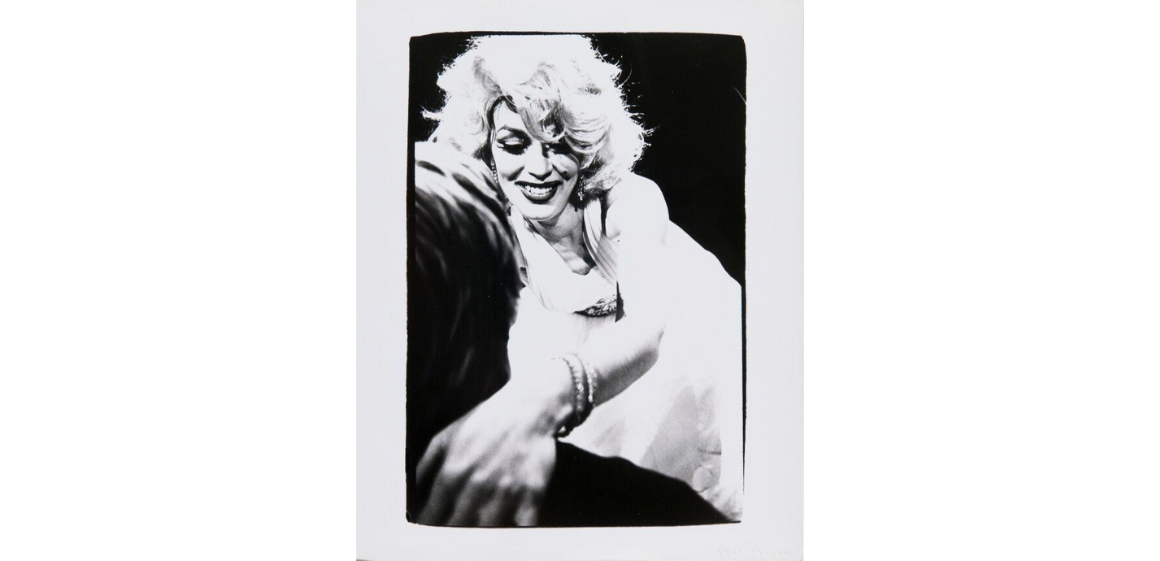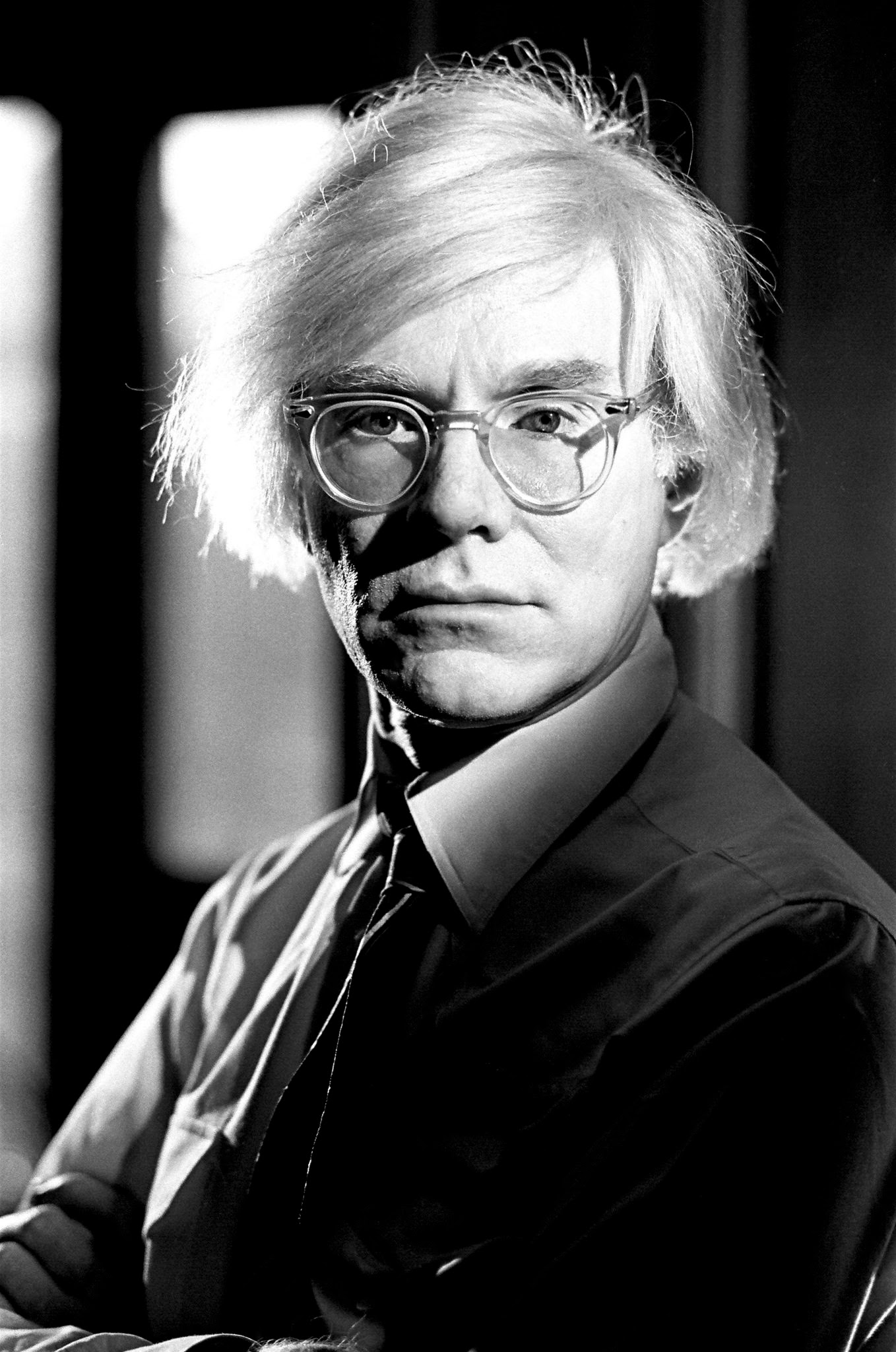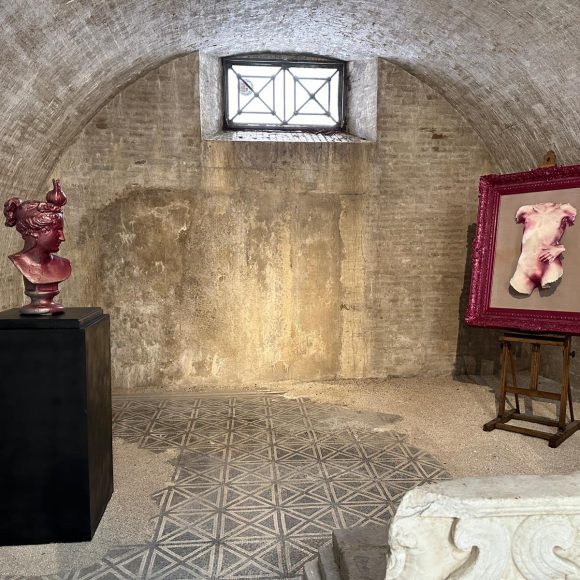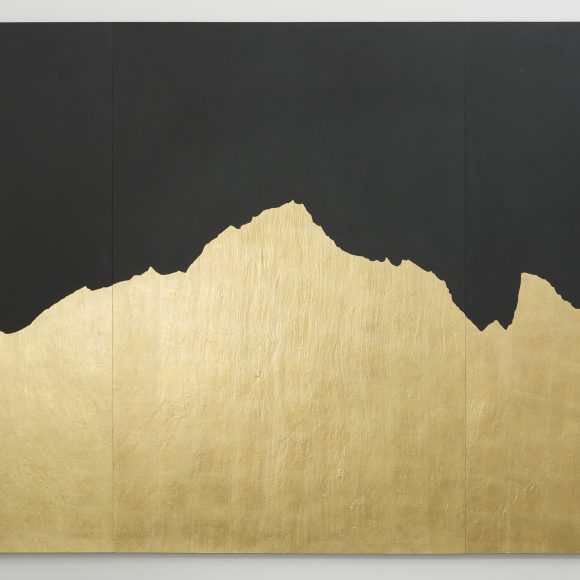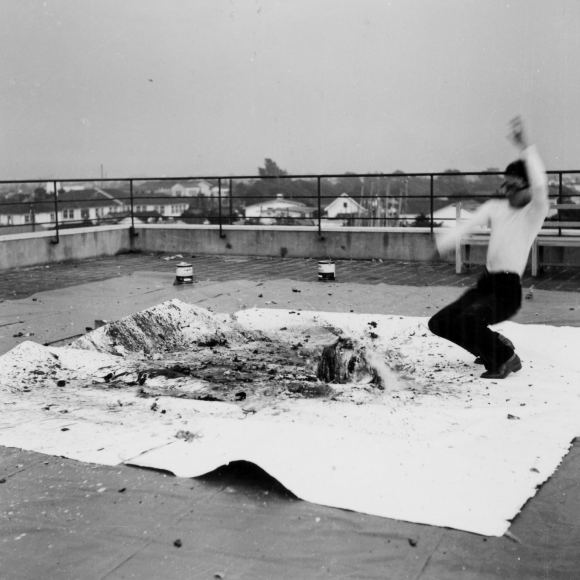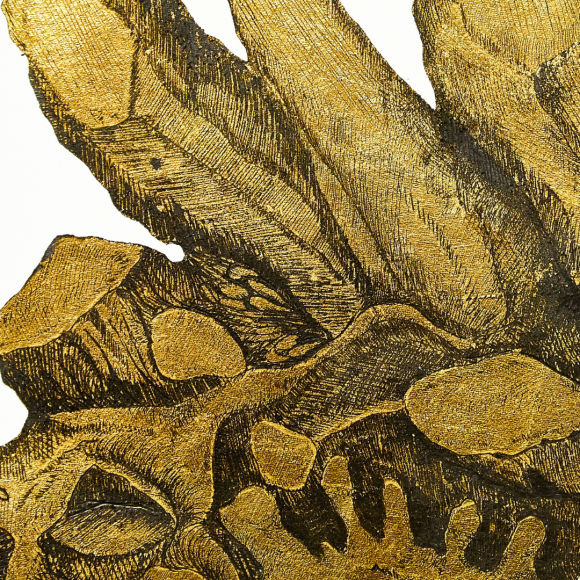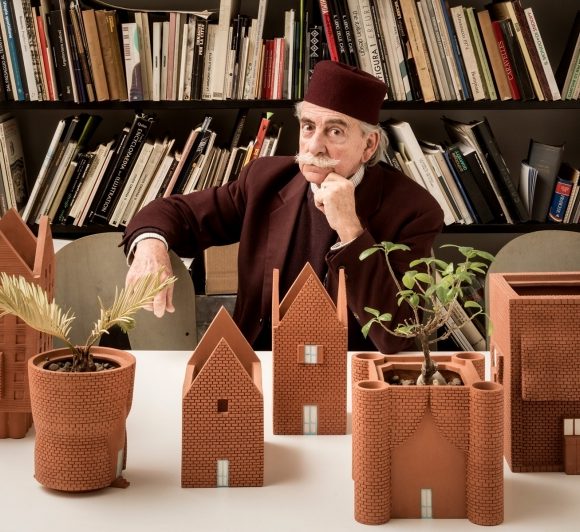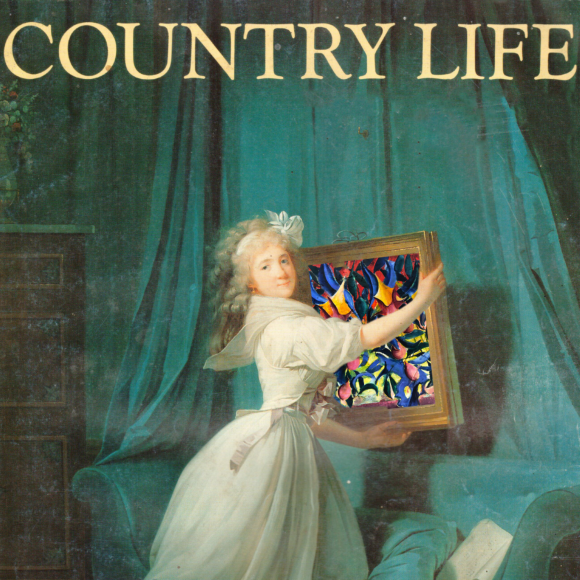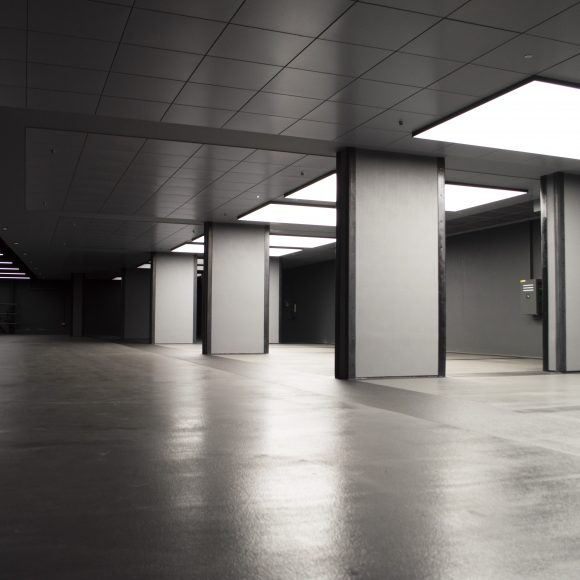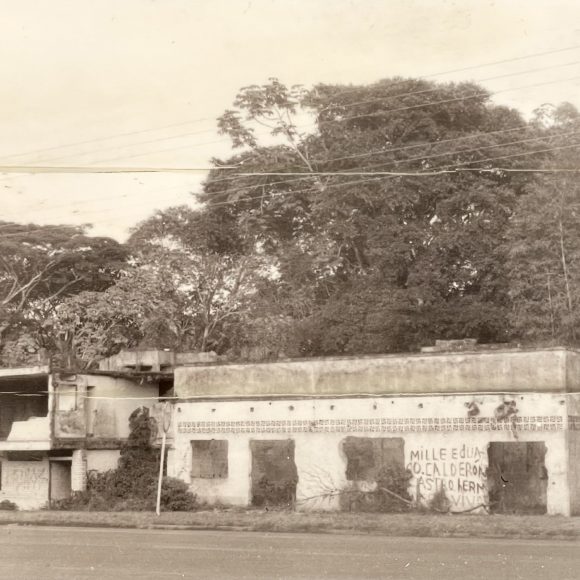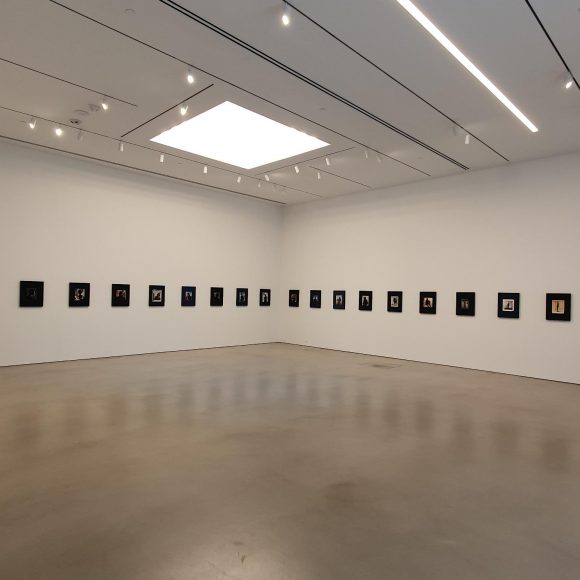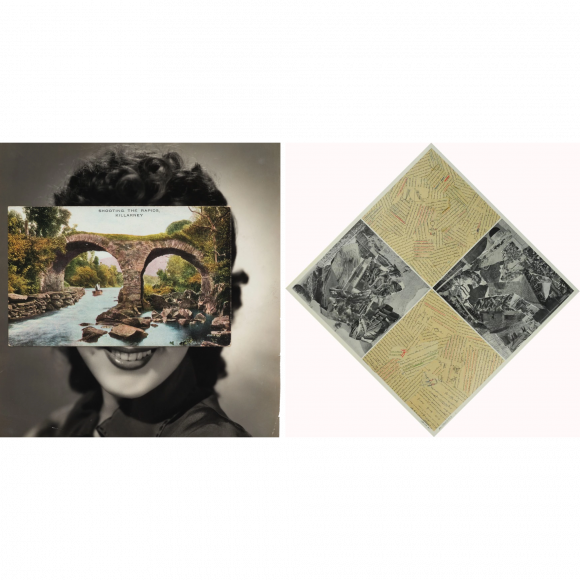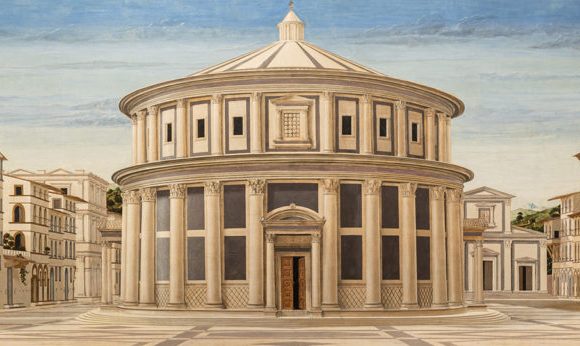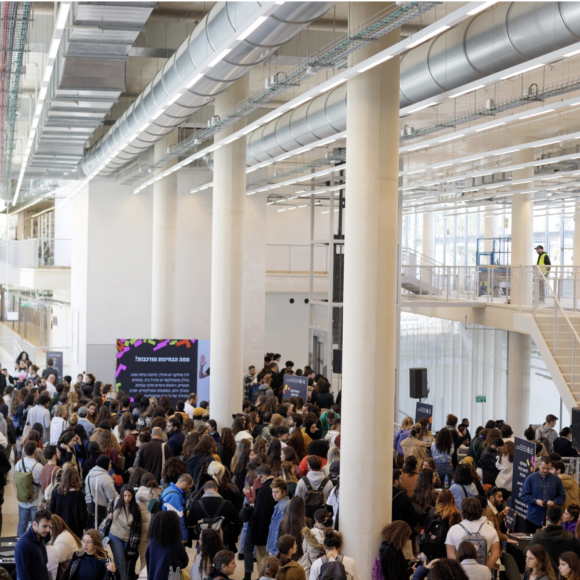ANDY WARHOL
Andy Warhol (1928 – 1987, USA) was a visual artist, film director, producer, and leading figure in the pop art movement. From 1945 to 1949, Warhol studied pictorial design at the Carnegie Institute of Technology in Pittsburgh before moving to New York. There, he worked as an illustrator for magazines such as Vogue and Harper’s Bazaar, producing advertisements and window displays. Meanwhile, he began to paint, experiment and establish himself as a serious artist, which led to his first solo exhibition at New York’s Hugo Gallery in 1952.
Artists Jasper Johns and Robert Rauschenberg highly influenced Warhol and his artistic practice. His first Pop Art paintings in 1960 use images from adverts and comics. Initially, he employed Abstract Expressionist techniques until he eventually shifted towards a more minimalist and subdued style that sought to challenge the fundamental essence of art. Warhol achieved notoriety by exhibiting paintings of rows of Campbell’s soup cans and Coca-Cola bottles in 1962. Warhol and his assistants manufactured silkscreen prints in his studio, known as the Factory. His art became mass-produced, mimicking the mass-produced products he often depicted in his work and further distancing himself from the traditional artist’s role.
In 1963, Warhol began experimenting with film, and by 1968, he had made over 60 films and over 500 short black-and-white portrait clips of visitors to the Factory. During the 1960s and 1970s, Warhol produced portrait prints of Hollywood personalities and celebrities, fashion designers, artists, and political leaders, including Liz Taylor, Brigitte Bardot and Mao Zedong.
Warhol ran two television shows in the 1980s and worked in collaboration with various younger American and European artists, Jean-Michel Basquiat, Keith Haring and Francesco Clemente. Resuming painting by hand, a process he had not used since the 1960s, he responded to a commission to produce a Last Supper. Warhol challenged conventional ideas by blurring the boundaries between fine art and popular culture.
Selected Exhibitions
MoMA, USA; Tate Modern, UK; Whitney Museum of American Art, USA; San Francisco Museum of Modern Art, USA; Guggenheim Bilbao, Spain; The Museum of Contemporary Art, USA; Moderna Museet, Sweden; Museo del Novecento, Italy; Museo Jumex, Mexico; UCCA Center for Contemporary Art, China; The Jewish Museum, USA; Museum Brandhorst, Germany; Ashmolean Museum, England; Tate Liverpool, UK; Queens Museum of Art, USA; Beacon, USA; Williams College Museum of Art, USA; Art Museum of South Texas, USA; The Salvador Dali Museum, USA; The Hyde Collection, USA; IKON, USA; Geist, UK; artROOM, Germany; Galerie Boisseree, Germany; Kunstsammlungen Chemnitz, Germany; Anton Kern Gallery, USA.
Selected Collections
Tate Modern, UK; MoMA, USA; Whitney Museum of American Art, USA; The Andy Warhol Museum, USA; The Metropolitan Museum of Art, USA; Leeum Samsung Museum of Art, South Korea; Museum Für Moderne Kunst, Germany.
Journal
Interested in Andy Warhol’s work?

